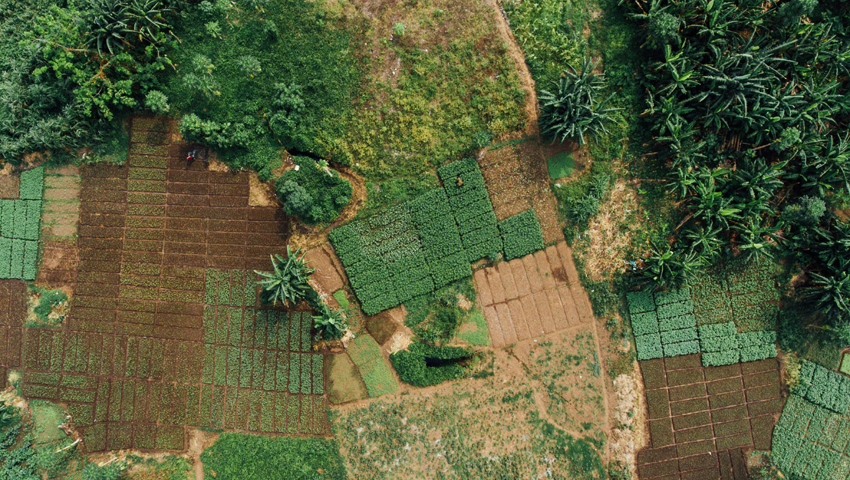JOURNALIST Fred Pearce has written for Yale Environment 360 about how recent studies show that small farmers from Senegal to Ethiopia to Malawi are allowing trees to regenerate on their lands, resulting in improved crop yields, productive fruit harvests, and a boost for carbon storage.
He says “For decades, there have been reports of the deforestation of Africa. And they are true — the continent’s forests are disappearing, lost mainly to expanding agriculture, logging, and charcoal-making. But the trees? Maybe not, according to new satellite data analysed by artificial intelligence and a growing body of on-the-ground studies. This new research is finding ever more trees outside forests, many of them nurtured by farmers and sprouting on their previously treeless fields.”
Pearce says that “Across the continent — from Senegal and Niger in the west, to Ethiopia in the east, and Malawi in the south — smallholder farmers are rejecting government advice that trees should be expunged from fields because they get in the way of growing crops. Instead, they are allowing previously suppressed trees to regenerate on their land — to improve soils and crop yields; to provide harvests of fruit, fuelwood, and fodder for their livestock; and ultimately to achieve a better life for their families.
“The latest published evidence of Africa’s resurgent farmland trees comes in the first ever detailed analysis of satellite images of the continent carried out at a scale that can identify individual large trees outside forests. Florian Reiner, a remote-sensing analyst at the University of Copenhagen, working with an international team of colleagues, reported in Nature Communications last month that at least 29 percent of tree cover in Africa is ‘outside areas previously classified as forest.’
“These often previously unmapped trees are not in plantations; they are mostly natural trees scattered across savanna grasslands, croplands, and pastures. ‘Many African landscapes are drylands, where trees outside forests are the major form of woody vegetation,’ says Reiner. In large dry countries such as Sudan, Niger, Libya, and Mali, they make up the majority of tree cover. Often, they are where most of the countries’ wildlife is found. Until now, they were simply invisible to remote-sensing science.
“Forests cover some 21 percent of Africa, according to the UN Food and Agriculture Organization. Most are in the Congo Basin, home to the world’s second largest rainforest after the Amazon. But adding in non-forest trees visible to the AI system increases the figure for tree cover to close to 30 percent, depending on precise definitions.
“This dramatic good news about the continent’s tree cover as seen from space may itself be a serious underestimate of the change going on across the plains of Africa. [Researchers] say that the algorithm used by Reiner and colleagues may spot bigger trees but fails to count the huge number of small trees that they have been mapping on the continent’s farms by using a combination of human visual analysis of remote-sensing images and simply driving around counting trees.
“The story of the outside world’s discovery of Africa’s unmapped trees began in the fragile farmlands of southern Niger, a landlocked nation in the Sahel region on the fringe of the Sahara Desert. Trees were once a natural feature of these arid lands, and many traditional pre-colonial farming systems incorporated them. Their roots often remain in the soil. But farmers had long been taught by colonial and government authorities to remove sprouting trees from their fields each year before planting crops, to make ploughing easier.
“During droughts in the 1980s, as warnings about desertification in Africa gained global attention, many of these treeless landscapes seemed destined to turn to desert. But then farmers began to change tack, disregarding expert advice and allowing tree seedlings and roots to grow unmolested.”
